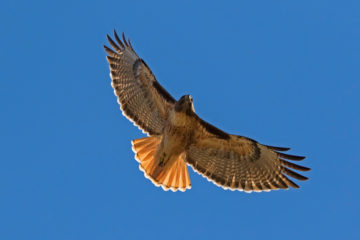by Mark Harvey
Out of the blue, between the sea and the sky,
Landward blown on bright, untiring wings;
Out of the South I fly –Maurice Thompson

One of my sisters who is a wildlife biologist often leaves the cinema with an entirely different take on the virtues of any particular movie if it’s set on a natural landscape. Be it an epic love story on the plains of Montana or a character-driven film taking place in the Cascade mountains of the northwest, she and her biologist friends see things through a different lens than you or I. While we might be moved by a love story between a cabin dweller scrapping out an existence while courting a fetching lass from an adjoining homestead, they often leave the same film frustrated and grouchy about how badly and unscientifically the natural world is cast.
“Did you hear that bald eagle?” They’ll say. “That’s not the sound a bald eagle makes! They obviously dubbed the call of a red-tailed hawk over that bald eagle. Who’s going to miss that?”
Well, about 99% of the audience still dabbing their eyes from the happy ending when the homesteaders requite their epic love on the epic landscape.
One thing that seems to really drive my sister and her biologist friends mad is when the director gets the phenology wrong. Phenology, to remind you, is the natural cycle and timing of nature. For example, every spring there is a certain pattern and time frame of flowers blooming, birds returning to the north, insects hatching, and bears coming out of hibernation. So when a film director has the male hero shyly offering flowers to his love interest in one scene and bodice busting in the next, my sister and her crew will cast a clinical eye on the Indian ricegrass and its development between scenes. Read more »
